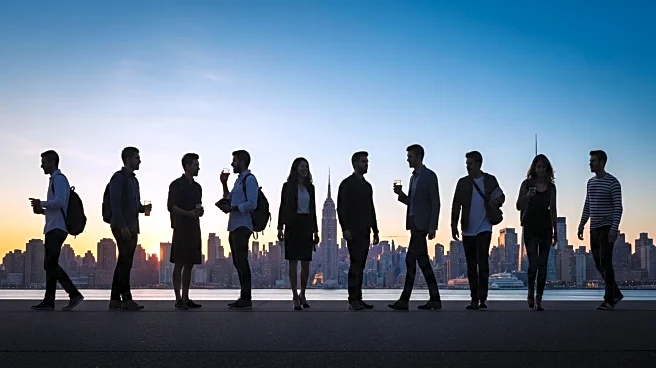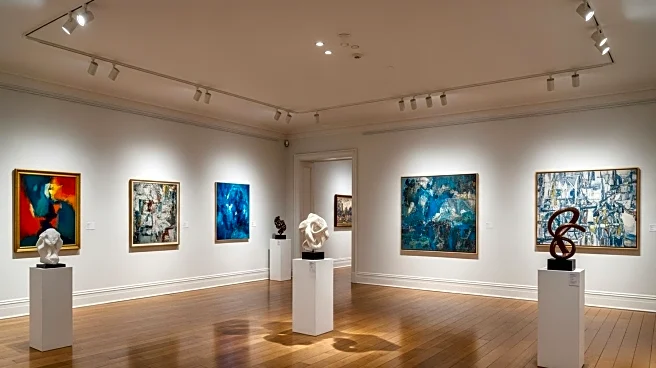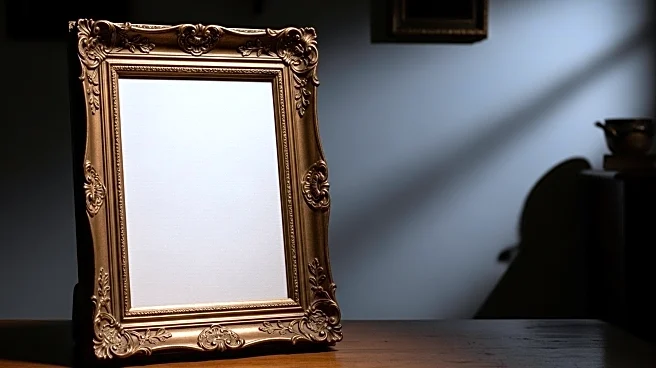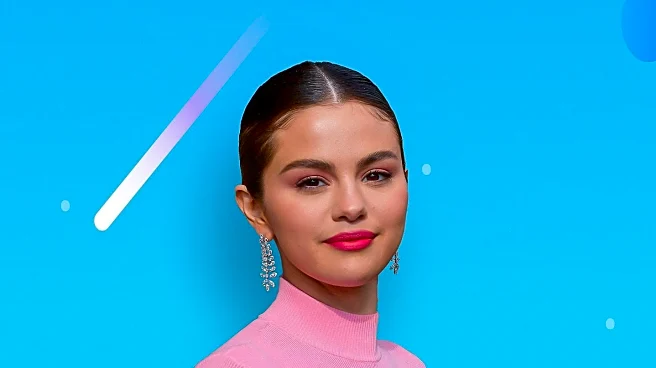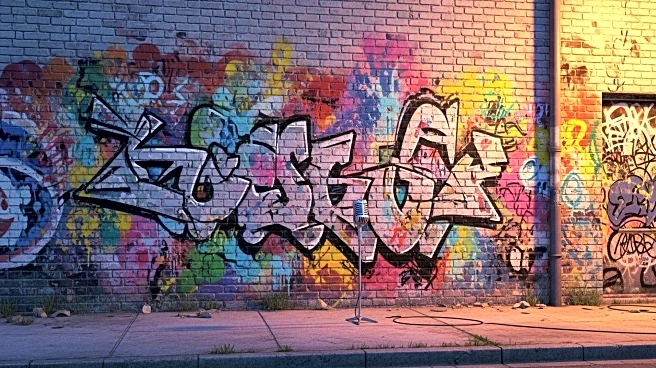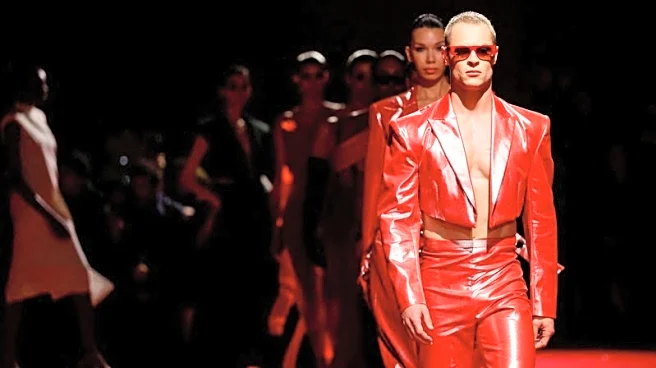What is the story about?
What's Happening?
Adam Dressner, a former corporate lawyer turned self-taught painter, has opened his debut solo gallery exhibition titled 'Hello Stranger 2' at the 1969 Gallery in Tribeca. Known for his plein-air portraits of New Yorkers, Dressner has created a collection of large-scale oil paintings and a salon wall featuring 60 acrylic portraits. The exhibition is an evolution of a previous show, 'Hello Stranger,' where Dressner painted live at Grand Central Terminal. His subjects range from well-known figures like restaurateur Keith McNally and rapper Lil Yachty to everyday individuals he encounters in parks. Dressner emphasizes that his artwork is for everyone, capturing the essence of diverse faces he meets.
Why It's Important?
Dressner's exhibition highlights the democratization of art, showcasing portraits of both famous and ordinary people side by side. This approach challenges traditional notions of art exclusivity and celebrates the diversity of New York City's inhabitants. By painting live in public spaces, Dressner brings art to the community, making it accessible and engaging. His work reflects a broader cultural movement towards inclusivity and representation in the arts, potentially influencing other artists and galleries to adopt similar practices.
What's Next?
The exhibition may inspire other artists to explore public engagement and inclusivity in their work. Dressner's approach could lead to more community-focused art initiatives, encouraging galleries to host exhibitions that reflect the diversity of their surroundings. As Dressner continues to paint and exhibit, he may further develop his style and expand his reach, potentially collaborating with other artists or institutions to bring art to wider audiences.
Beyond the Headlines
Dressner's work raises questions about the role of art in society and its ability to bridge cultural and social divides. By painting individuals from various backgrounds, he challenges viewers to consider the stories and identities behind each face. This approach may contribute to broader discussions on representation and the power of art to foster empathy and understanding across different communities.
AI Generated Content
Do you find this article useful?
